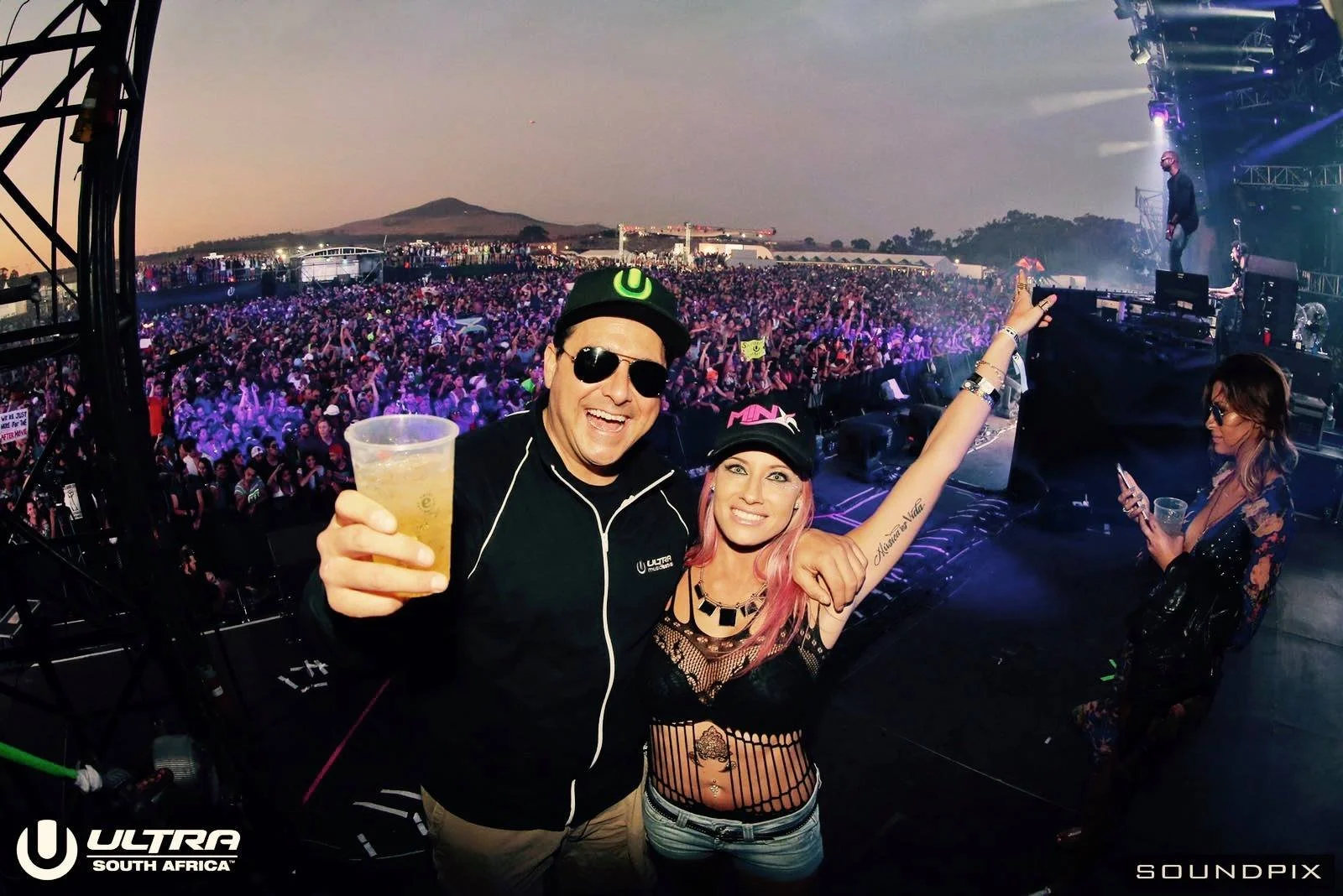
Decadence Colorado 2025 Guide
Denver is gearing up for one of the most important weekends in modern bass music history. Decadence Colorado 2025 is bringing Zeds Dead, Subtronics, and Tape B together for a world-debut back-to-back-to-back performance on December 30, a collaboration that pulls directly from the Jamaican sound system traditions that built dub, dubstep, and everything that came after. This moment is more than a New Year’s Eve party. It is a reminder that the sub-heavy chaos shaking American festival floors today began in Kingston studios with innovators like King Tubby and Lee Scratch Perry. When these artists step onstage in the Bass Capital, they continue a lineage that moved from Jamaica to London, then to Toronto, and finally to massive halls in the United States.
The second night brings Illenium and Excision together for a rare New Year’s Eve B2B that blends emotional songwriting with pure low-end destruction. Denver is the perfect host city, with Red Rocks, Mission Ballroom, and a long list of resident bass fans who treat this weekend like a pilgrimage. Decadence has grown from a small one-night gathering in 2011 into America’s biggest indoor New Year’s Eve electronic festival, a two-night showcase of bass culture, festival storytelling, and the global roots of ReggaeEDM.

ReggaeEDM is for real.
Sweat and steam spread a misty haze above a sea of anticipating ravers. It had rained that day, in fact, it was raining outside now, a fitting stage for the dreamlike haze that filled his mind. Hiding any hint of nervousness behind thick glasses, he followed his entourage of backbeat dancers and musical alchemists onto the smoke-filled DJ stage. The crowd erupted like a living heartbeat, waiting for the drop. His voice waited in silence, cradled in the warmth of green tea, the melody steeping in his chest. One, Two, Three, Four. On the fourth breath of the bassline, something ancient awakened. Reggae met the pulse of the future, and from Kēvens’ vision, ReggaeEDM took its first breath.
Kēvens never claimed to have invented ReggaeEDM, only that he was the first to give it a name. But his role as its earliest ambassador is undeniable. A tireless pioneer, he carried this live fusion of reggae and electronic dance music to stages across the globe. From the roots of Reggae Sunsplash in Jamaica to the massive pulse of Ultra Music Festival, from Tokyo to the frozen lights of Russia’s Ice Palace, Kēvens has been the genre’s beating heart, long before the world knew what to call it.
Critics say ReggaeEDM is nothing new, that its roots trace back to the Jungle movement of the 1990s. And they wouldn’t be wrong. The echoes of dub, drum and bass, and UK sound system culture are all there. But ReggaeEDM isn’t Jungle. It isn’t dub. It isn’t drum and bass. It’s something else entirely, a new branch from the same family tree, grown in fresh soil and reaching toward a different sky.
ReggaeEDM fuses the uplifting messages and rhythmic toasting of dancehall and roots reggae with the high-energy 4/4 beats of contemporary EDM. This genre preserves reggae’s tradition of social consciousness while embracing the pulsating rhythms that resonate with today’s youth. As EDM festivals like the Electric Daisy Carnival continue to draw massive crowds, with over 525,000 attendees in 2024, ReggaeEDM is carving out its own space, bridging cultural and musical divides.
“It’s a genre that is in the early stages,” says Matt Phillips, Co-Founder and President of Silverback Music. “A few artists have crossed the barriers… both genres work well together; it's about the beat and the rhythm.” His take reflects the industry’s growing awareness that ReggaeEDM, while rooted in history, is carving out its own path of rhythm and reinvention.
Phillips, who manages many of reggae’s modern torchbearers, sees clear signs of its rise. “The artist I identify the most as pushing ReggaeEDM on the highest worldwide stages is Major Lazer,” he says. “A lot of the rhythms pull from island, reggae, and world music, and they’ve done a lot of great collaborations with Jamaican reggae stars.”
While dozens of artists have shaped the rise of this sound, from Thievery Corporation out of Washington D.C., to Mungo's Hi Fi in Glasgow, to Adrian Sherwood in London, many of them did it without ever knowing the genre had a name. This fusion happened naturally, born from shared rhythms, a universal message, and an underlying love of both reggae and EDM.
Silverback Artist Management first made its mark in the 1990s by helping shape the legacy of the cross-genre-defining band Sublime. That moment cemented their role as architects of the modern reggae-rock movement. Since then, they have continued to steer the sound of a generation, promoting landmark events including the Closer to the Sun festival in Riviera Maya, Mexico, CaliVibes in Long Beach, CA, and Point Break in Virginia Beach. Now, with the rise of a new wave of genre-blending acts, they are pushing boundaries once again.
“We’re trying to incorporate EDM more into our reggae festivals. People go to music festivals to have fun and dance,” says Matt Phillips. “Now that more artists are crossing between reggae and electronic, I see a huge place for it on our shows.”
ReggaeEDM, once a fringe experiment, is quickly becoming the next wave. Silverback is ready, helping to set the stage in the international reggae scene.